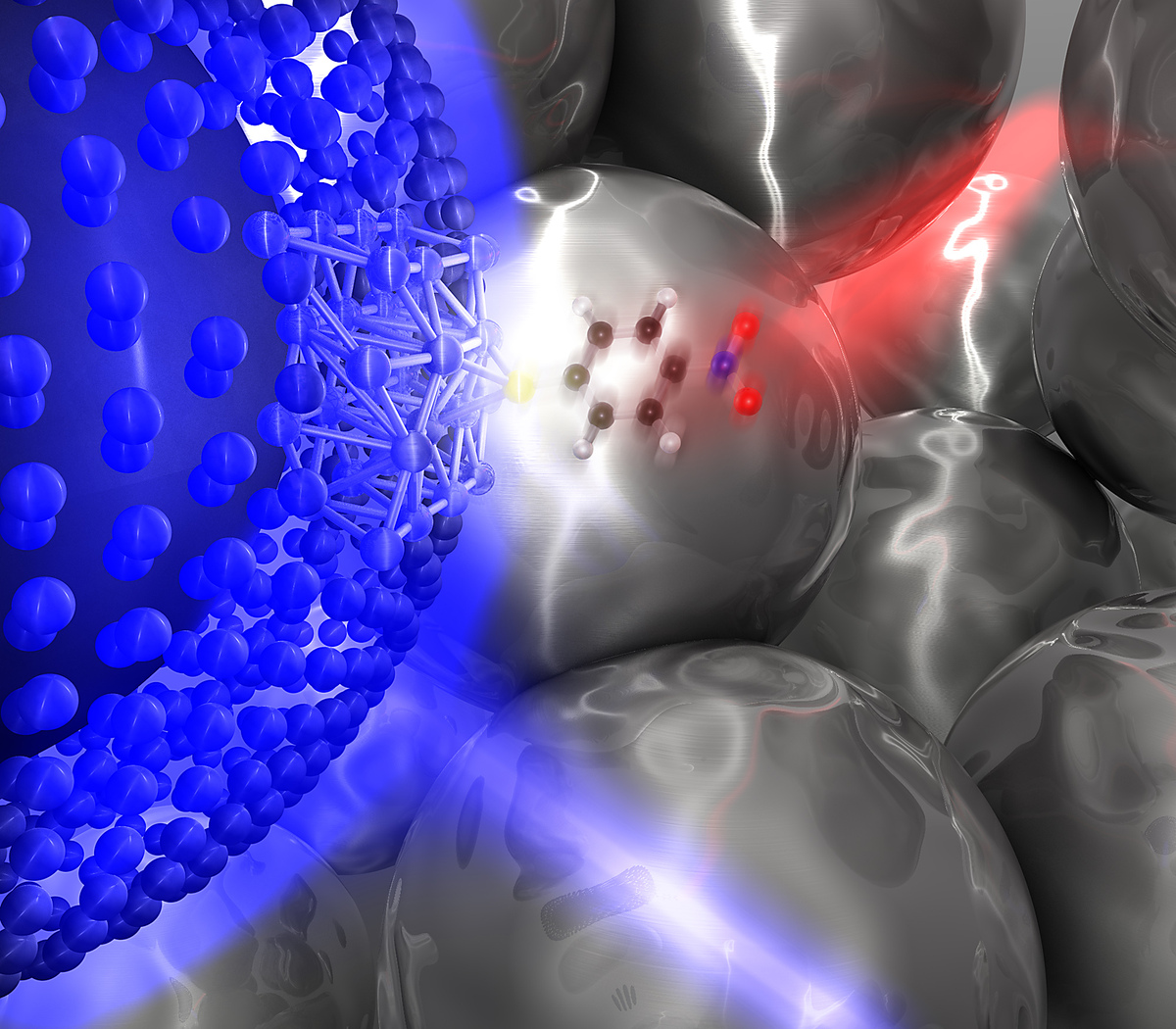Optics & Photonics
Theoretical and computational optics and photonics provides indispensable tools to explore the propagation of light in nanooptical systems and its interaction to matter. Even though Maxwell’s equations, which constitute the basis for this field of science, are known since very long time, the consideration of material properties and phenomena that tend to dominate optical features in nanosystems is yet at its infancy. It requires to establish links to other fields of science, such as quantum mechanic and quantum chemistry but also to condensed matter physics and fluid dynamics, to perform successful research in this domain. Once theoretical and computational tools are developed, they provide insights into physics that rule these nanosystems that is very often inaccessible otherwise.
Within the CTMN we study these systems both from a fundamental point of view out of intellectual curiosity but of course also with the expectation to integrate them into applications. We will, for example, link the symmetry properties of isolated nanostructures to their optical response and study the emergence of properties in macroscopic media made from many individual nanostructures. We will study the peculiarities of novel materials such as graphene or transition metal dichalgogenides in optical systems or the interaction of quantum emitters, such as molecules, atoms, or quantum dots with nanooptical systems. Applications to be explored are in the context of energy harvesting, e.g. using concepts from transformation optics, in organic and inorganic opto-electronic devices.
| Name | Institute | |
|---|---|---|
| Institute of Nanotechnology (INT) | ||
| Colsmann, Alexander | Light Technology Institute (LTI) | |
| Paetzold, Ulrich | Institute of Microstructure Technology (IMT) | |
| Rockstuhl, Carsten |
Institute of Nanotechnology (INT) / Institute for Solid State Theory (TKM) |
|
| Sieber, Ingo | Institute for Applied Computer Science (IAI) |


